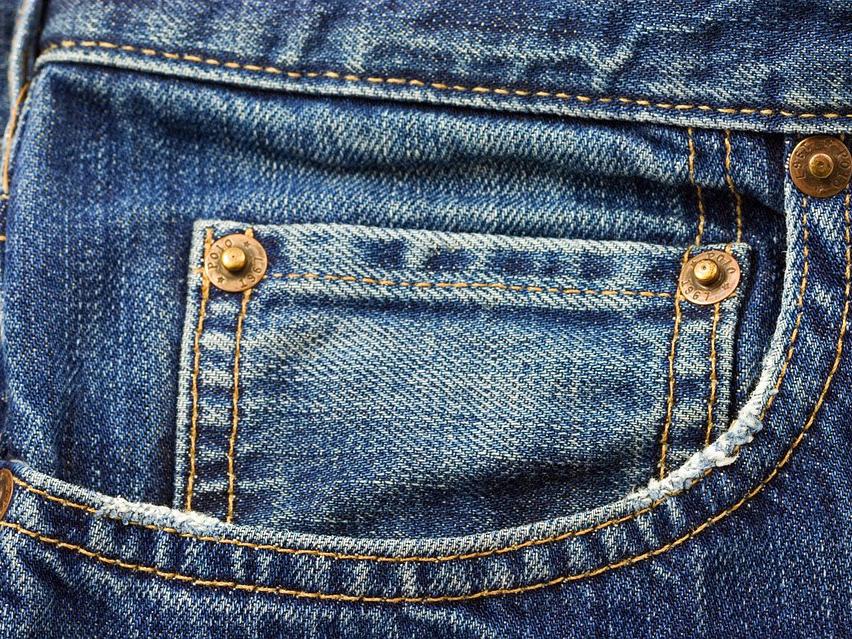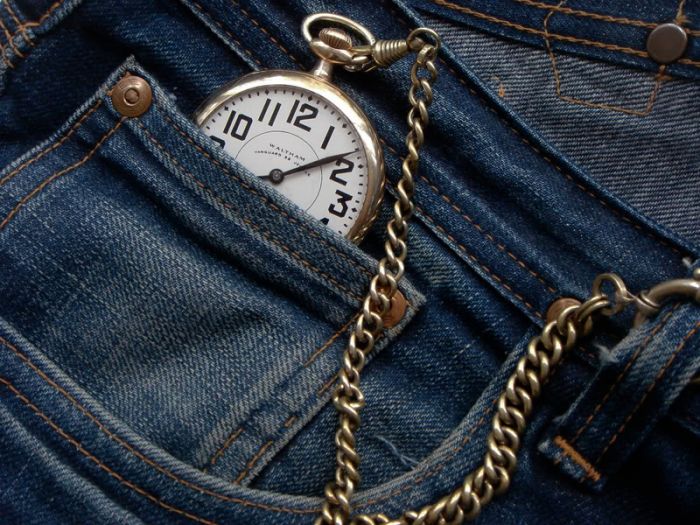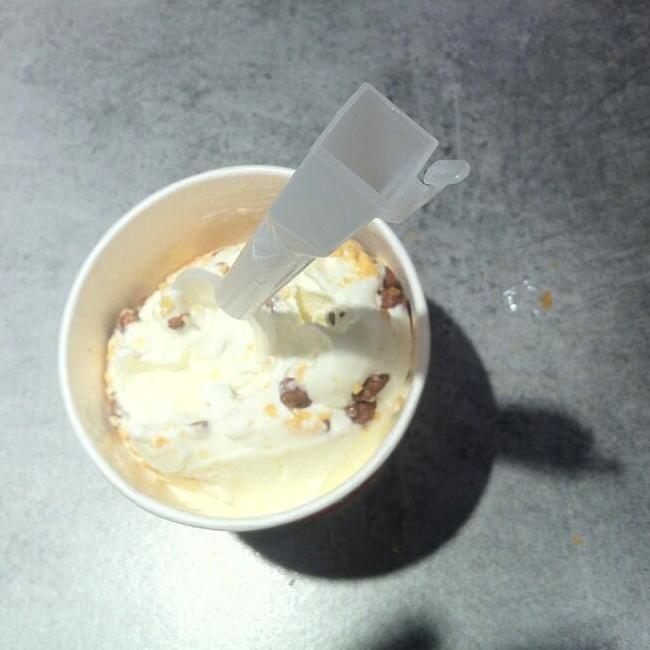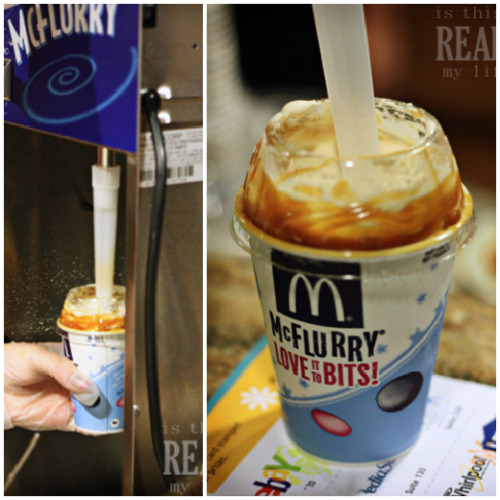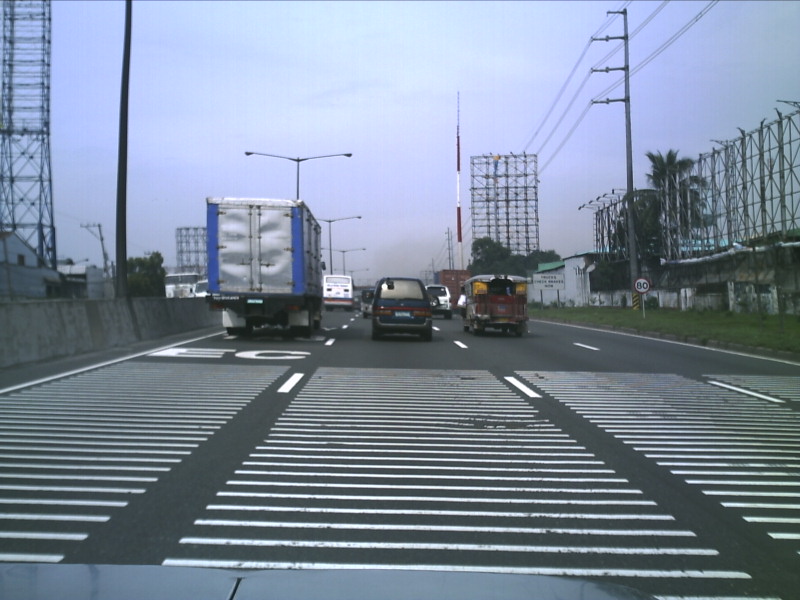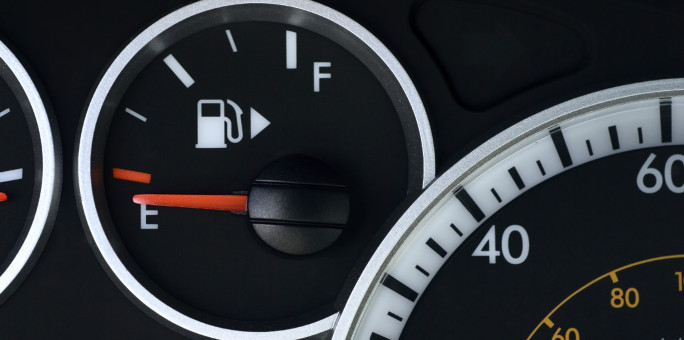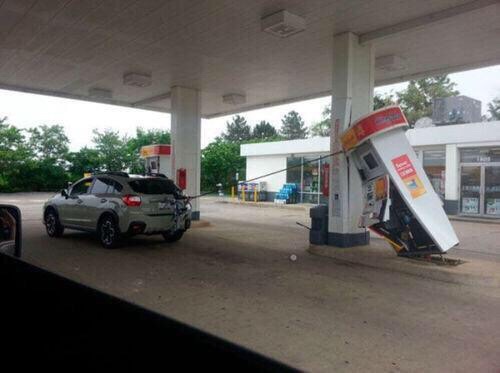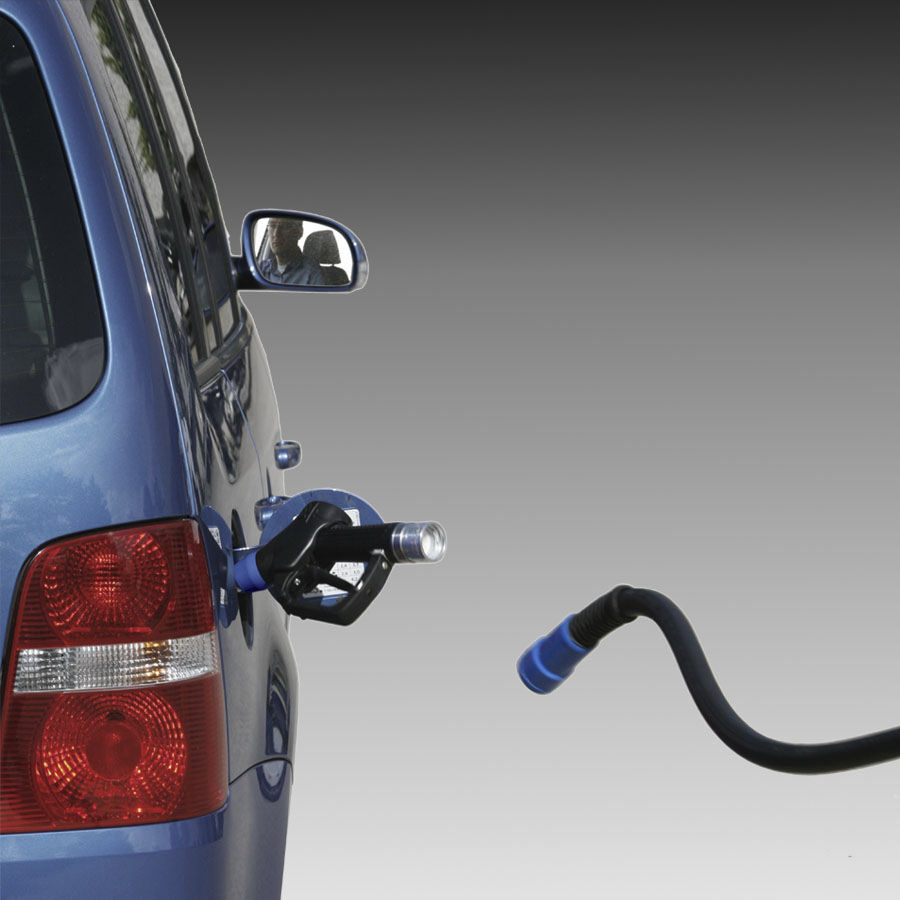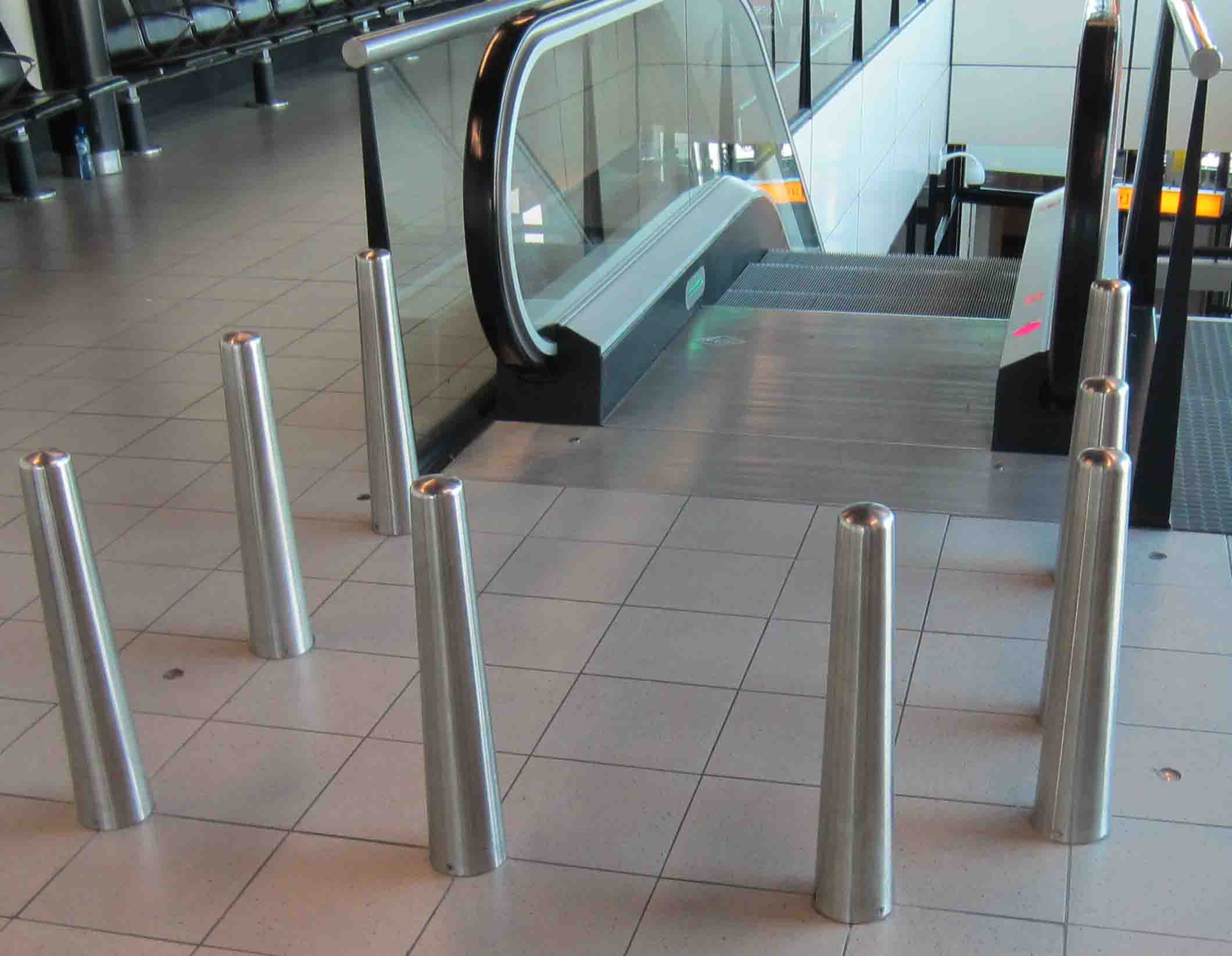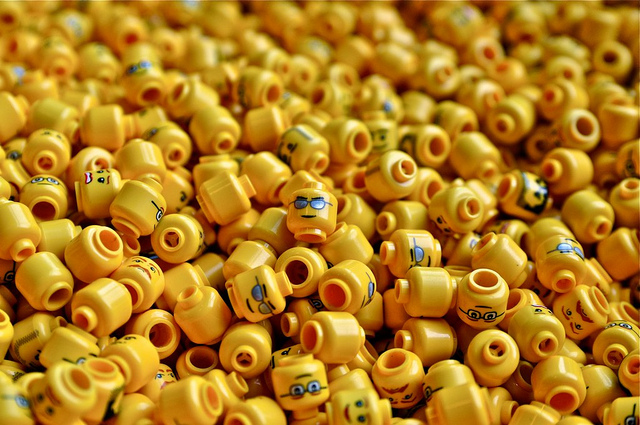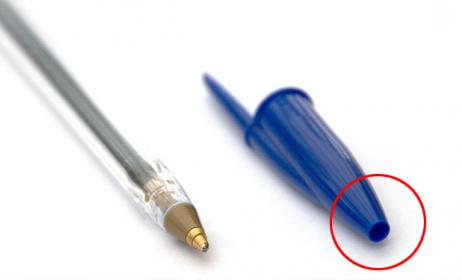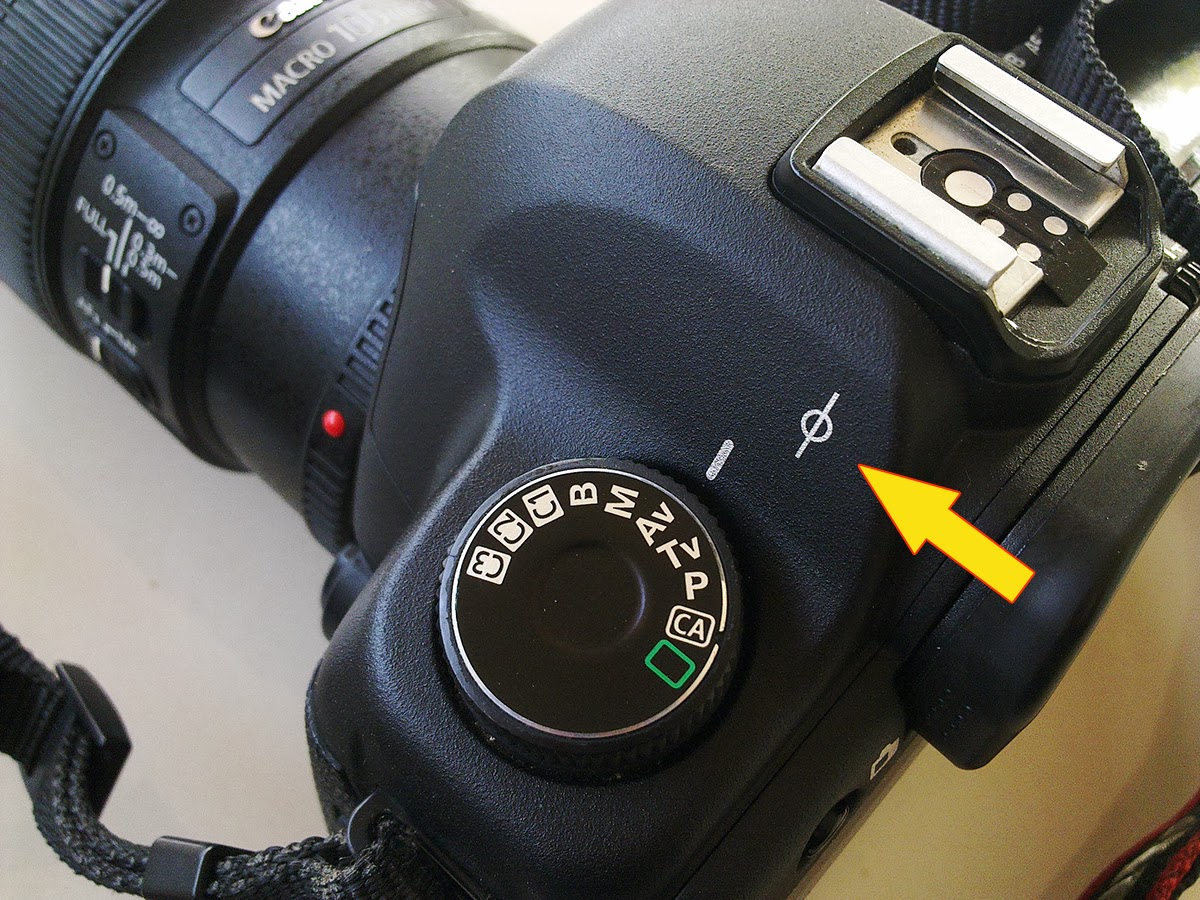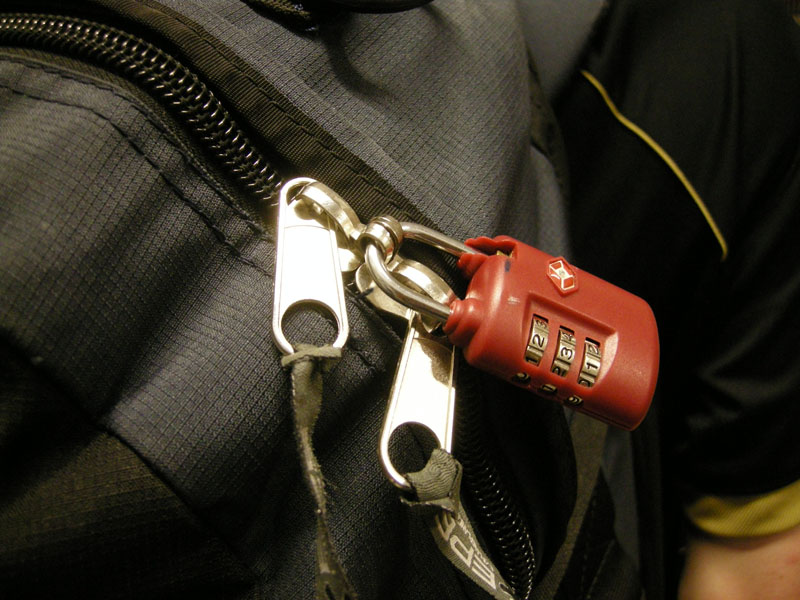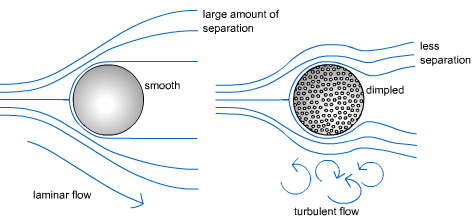11 Things You See Everyday But Probably Have No Idea What They're For
LEGO heads can do what?!!
1. The small pocket on denim jeans, located just above the right front pocket, was originally used to store pocket watches
In the 1800s, men used to wear fob watches i.e. pocket watches on fob chains and kept them in their waistcoats. To keep them from getting broken, Levi's introduced the "fob pocket" in 1902.
However, as pocket watches became obsolete, the pocket became progressively smaller as it served many other functions such as to store coins, matches, tickets, chewing gum, and condoms. In some cases, particularly for women's jeans, the pocket design is incorporated but sewn shut.
2. Why are McFlurry spoons so long and hollow with a hooked square hole on top? To better mix your McFlurry!
According to Tumblr user The Waiting Platypus, “we fill the cup with ice cream, we dump the Oreos on top, we stick the spoon in, we put the entire thing in a machine and use the spoon to stir your McFlurry.”
Tumblr user ghostfiish, an engineering major, added that a regular plastic spoon would most likely snap while mixing the ice cream and the length makes mixing more effective. The square shape also makes it easier to produce, ship, and hold in your hand, while the hollowness saves plastic and insulates against the cold because it holds static air.
3. The coloured textured tiles found on sidewalks, stairs, and train station platforms are meant to assist pedestrians who are blind and visually-impaired
Developed by Seiichi Miyaka in 1965, the system of textured ground surface indicators - known as "tactile paving" provide a distinctive surface pattern of truncated domes, cones or bars detectable by long cane or underfoot which are used to alert the visually impaired of approaching streets and hazardous surface or grade changes.
The textured patterns serve specific functions - straight bars let pedestrians know when and which direction to walk while raised circles tell them when to stop.
4. Those white or yellow horizontal stripes you see on the roads, called "rumble stripes", serve to alert road users of hazards ahead such as sharp bends, intersections, and areas of pedestrian activity
The horizontal rumble strips, also known as bar markings, are especially employed when drivers have been driving at a sustained high speed for a long period of time, so they are aware that they should slow down soon.
Meanwhile, longitudinal rumble strips (a.k.a. raised profile edge lines or audio-tactile edge lines) are used to line the edge of a road where driver fatigue is known to cause crashes, particularly highways. Though they are not usually obvious to the eye, they are definitely heard and felt by drivers and riders as they produce a rumbling noise when a tyre runs over it, thus telling a sleepy or distracted driver that their vehicle is starting to leave the road.
5. Can't seem to remember where your car's gas tank is located? Most cars have a tiny arrow next to the gas tank symbol near the fuel indicator on the dashboard, indicating which side the gas tank is on.
6. Petrol pumps are designed with magnetic breakaway couplings on each end of the pipe (one on the end attached to the kiosk, and the other to the nozzle)...
... So this doesn't happen
The safety feature allows the pipes to detach themselves in the event of drive-away incidents, preventing dispensers from being pulled over and fuel spills.
7. Those waist-high steel thingies, called "bollards", are sometimes placed in front of escalators in airports and shopping malls to prevent people from taking wheeled carts, strollers, and wheelchairs onto escalators
It can be dangerous to bring these wheeled carts onto escalators, especially in high traffic areas. Use the lifts instead!
8. LEGO heads and pen caps are designed with a hole in them to prevent death by choking if swallowed
The hole is a safety feature to aid breathing and avoid asphyxiation in the event that a LEGO head or pen cap is swallowed, especially among children.
9. The weird symbol that appears in most DSLR's near the viewfinder is called a focal plane mark. It tells a photographer where the sensor is in relation to the subject and is particularly useful when photographing in macro.
When photographing in macro, photographers want to find out the accurate distance between the object and the camera's focal plane. This is where the focal plane mark comes into play.
10. Most suitcases, luggage bags, and backpacks come with 2 zippers for each compartment. This is so that you can lock out pickpockets by linking both zippers together.
If your bag does not have that have the feature above, you can also link the outer rings of both zippers together with a padlock. Just don't lose the keys!
11. The dimples on golf balls are not just there for aesthetic purposes, they actually reduce the drag behind the ball by creating turbulence in the layer of air surrounding the ball when it's in flight. #aerodynamics
The dimples in gold balls create turbulence, or ‘mixed air flow’ which, if designed correctly, reduces drag on the ball.
There are two main types of airflow – laminar and turbulent. Laminar movement creates less drag but it is susceptible to ‘separation’ – where the air layer that ‘clings’ to the ball as it moves to the air separates from the ball. Turbulent flow creates more drag initially, but is less vulnerable to separation. At high speeds, like that of a golf ball, you will want this air layer to cling to the ball as possible, and the dimples in the ball allow this to happen!
